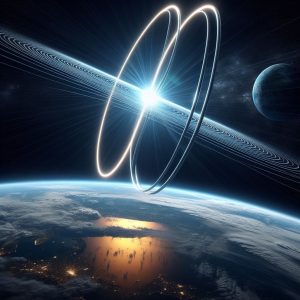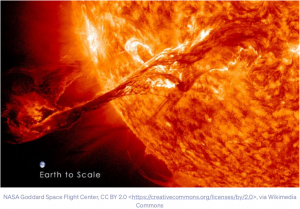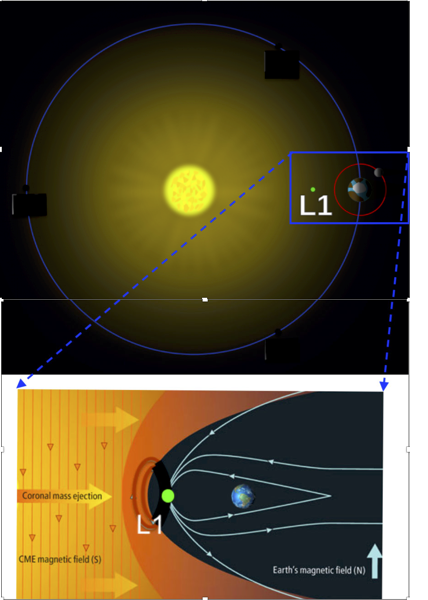
2. Superconductor Magnetic Cosmic Ray Shield
2.1 The Threat to Satellites and Humans
Solar charged particles harm satellites and astronauts. They will become more threatening as satellites adopt more complex electronics, and as humans travel longer and deeper into space. Future Coronal Mass Ejections (CME) like the Carrington Event (1859) and New York Railroad superstorm (1921) will also wreck havoc on an earth which now depends highly on electricity and electro-magnetics. One estimate calculated the probability of another similar CME at 12% between 2012-2022 [1]. Ironically in July 2012, just five months after the estimate’s publication, a CME event went through earth’s orbit just missing us [2]. Current shielding relies on conventional solid material absoption, which a) is heavy, and thus expensive, for use in space, b) fails at high particle energies, and c) still creates destructive radiation and secondary particles when hit by charged particles.
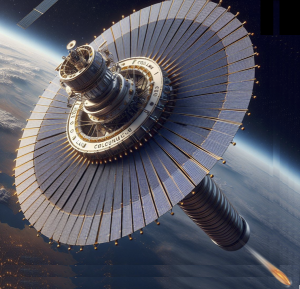
2.2 Superconductor Magnetic Deflection
We have invented a superconductor magnetic shield which deflects solar charged particles similar to how earth’s magnetic field protects the atmosphere. Rather than destructively absorbing particle energy, particles are simply deflected away.
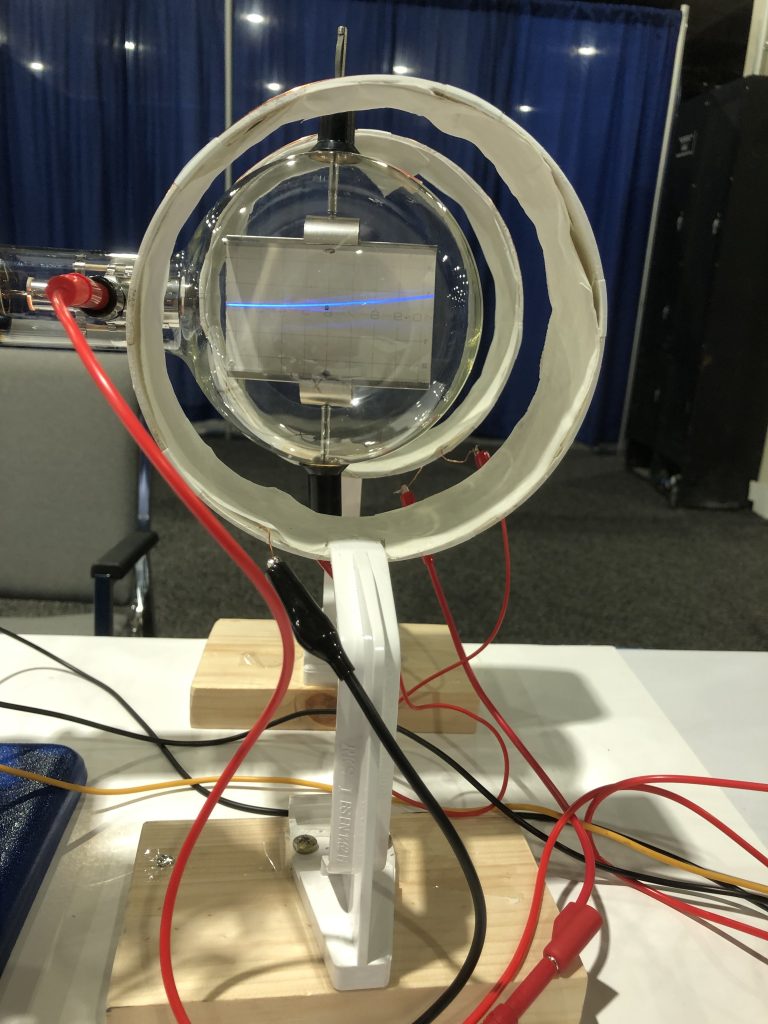
- No secondary radiation nor particles.
- Deflection is efficient because magnetism acts perpendicular to an incoming charged particle’s path.
- Low weight means low cost.
- Energy needs are minimal
2.3 Where we are now and next steps
– Concept proven with conventional magnets and electron beams.
– Theoretical projections show a superconductor pro
totype is feasible for deflecting protons and alpha particles.
– Much modelling has already been done by by the European Space Agency (3), NASA Innovative Advance Concepts (4), and SR2S consortium (5). It has not led as planned to an on-orbit test. The research found that active superconductor magnetism was not feasible with current technology to deflect large gold atom sized nuclei which are of most concern to human health on long space voyages.
– There is not much institutional nor private satellite interest in developing Magnetic Cosmic Ray Shields to address future CMEs. Such interest might not form until the next large CM strikes Earth.
References
[1] Pete Riley, ̈On the probability of occurrence of extreme spaceweather events ̈, SPACE WEATHER, VOL. 10, S02012, 2012.
[2] Tony Phillips, ̈Near Miss: The Solar Superstorm of July 2012 ̈, NASA Science: Share the Science, Jul 23, 2014.
[3] Battiston R, et al. “Superconductive Magnet for Radiation Shielding of Human Spacecraft.” Final Report ESTEC Contract N. 4200023087/10/NL/AF. Noordwik, 2011.
[4] Westover SC, et al. “Magnet Architectures and Active Radiation Shield Study.’ NASA Institute for Advanced Concepts (NIAC) Phase 1 Final Report, 2012.
[5] Ambroglini F, Battiston R and Burger WJ, “Evaluation of Superconducting Magnet Shield Configurations for Long Duration Manned Space Missions”, Front. Oncol. 6:97. doi: 10.3389/fonc.2016.00097, 2016

